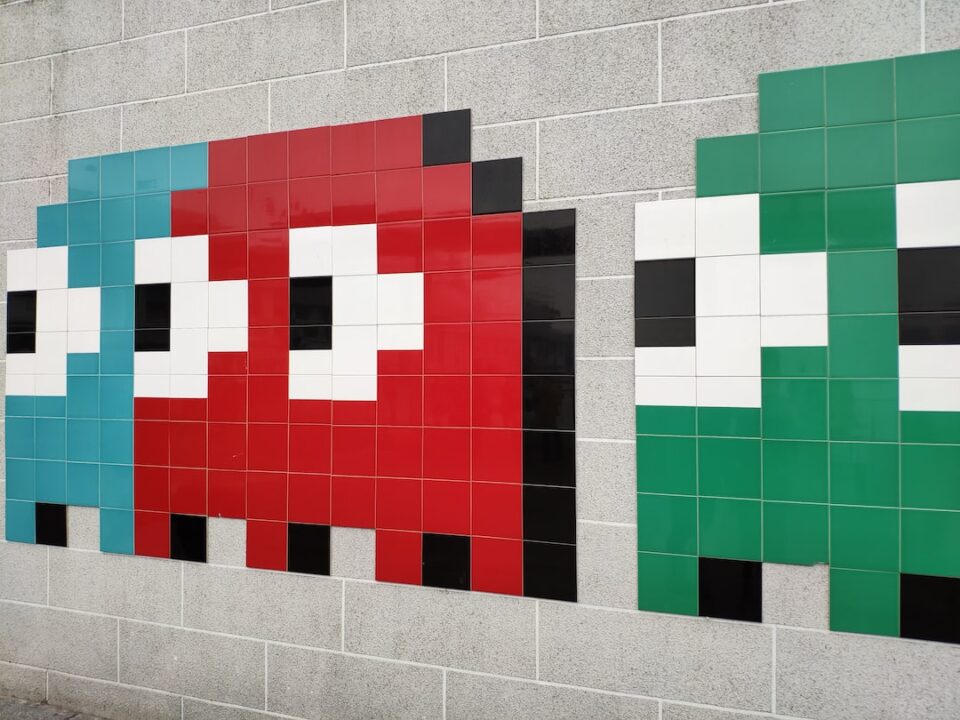Immersive worlds have always captivated the human imagination. From vast lands of fantasy to dystopian futures, these virtual realms allow us to escape the confines of reality and embark on epic adventures. But have you ever wondered about the meticulous process behind creating these immersive worlds? The art of game design takes us behind the scenes, unveiling the intricate craftsmanship that goes into bringing these virtual realms to life.
At its core, game design is a blend of art and science. It combines creativity, technical expertise, and a deep understanding of human psychology to create an experience that deeply resonates with players. Whether it’s the enchanting landscapes of “The Legend of Zelda: Breath of the Wild” or the hauntingly realistic world of “Red Dead Redemption 2,” every element is carefully crafted to immerse players in a rich and believable environment.
One of the key aspects of game design is world-building. This involves creating a coherent and believable universe from scratch, complete with its own history, geography, and rules. The world must be internally consistent, with every element meticulously designed to fit together like a puzzle. It’s a delicate balance between creating a realistic world and allowing room for the player’s imagination to run wild.
To achieve this, game designers often draw inspiration from various sources, including literature, art, and real-world locations. They meticulously research different cultures and time periods to create a diverse and rich tapestry of experiences. For example, the developers of the “Assassin’s Creed” series travel to different cities to capture the essence of their historical settings, ensuring a high level of authenticity.
Another critical aspect of game design is character creation. Characters serve as the players’ avatars in the game world, and they play a crucial role in shaping the player’s experience. A well-designed character is relatable, multi-dimensional, and has a clear motivation. They must resonate with players on an emotional level and feel like real people rather than mere pixels on a screen.
Creating character models involves a combination of art and technology. Artists painstakingly sculpt every detail, from facial expressions to body language. Animators bring these characters to life, imbuing them with realistic movements and mannerisms. And sound designers provide the final touches by giving each character a unique voice and personality.
Sound design also plays a significant role in creating immersive worlds. From the chirping of birds to the thunderous roar of a dragon, sound effects transport players into the game world, making it feel alive and vibrant. Music, too, plays a crucial role in setting the mood and evoking emotional responses. Whether it’s a haunting melody or an adrenaline-pumping battle theme, the right music can enhance the player’s experience and leave a lasting impression.
Ultimately, the art of game design is about crafting an experience that transcends the boundaries of reality. It’s about inviting players to step into a world filled with wonder, danger, and adventure. And behind every immersive game world lies a team of dedicated and passionate individuals who meticulously pour their hearts and souls into every minute detail, striving to create an unforgettable experience.
So, the next time you find yourself lost in a sprawling virtual universe, take a moment to appreciate the artistry and craftsmanship behind it. Behind the scenes, game designers are working tirelessly to create immersive worlds that spark our imagination and transport us to extraordinary places. It’s a true testament to the power of human creativity and the limitless possibilities of game design.

